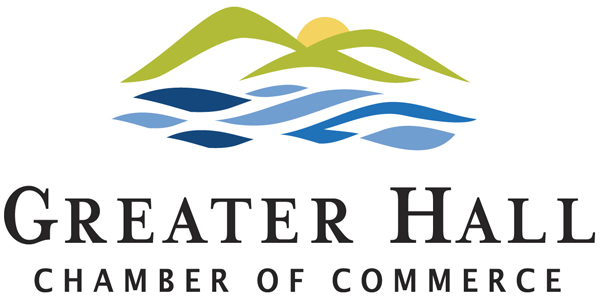As we look to a promising future through the lens of our Vision 2030 project, unfortunately there’s an annoying speck that appears when focusing on our region’s stellar healthcare system. If ignored, that speck could grow larger, leading to symptoms that would make us all sick.
Here’s how the diagnosis might read by the year 2015:
Starting back in 2005, health insurance rates soared to unprecedented highs in Gainesville-Hall County over the following 10 years, causing businesses throughout the region to clamp down and reduce their employee benefits. Unable to afford the higher premiums, the uninsured rolls in Hall County skyrocketed far beyond previous estimates of 21,000 known workers or 13 percent of the local population.
To save money, more and more Gainesville-Hall County residents stopped seeing their doctors, seeking medical attention only as a last resort. Medical facilities began seeing sicker patients; untreated symptoms worsened into life-threatening emergencies.
The Northeast Georgia Medical Center, already managing the third busiest emergency department in the state, began to buckle under the pressure along with other healthcare providers. Millions of dollars in free care to indigents (totaling a staggering $40 million in 2004 and now well over $100 million a decade later), matched with decreasing reimbursements from government sources, became too much to bear. The medical providers had no choice but to cut back and even eliminate some services.
Just like some rural areas in South Georgia, the dwindling number of residents in Northeast Georgia who could still afford healthcare began to seek options in Atlanta and other areas outside Hall County. Eventually, despite Lake Lanier, the mountains, and all the other attractive assets of this close-knit community, CEOs began to look elsewhere for their corporate locations. Like much of its populace, Gainesville-Hall County in 2015 is a mere heartbeat away from its own deathbed.
Not just scare talk.
This sickening scenario may sound like global warming and other future-scare theories, but I assure you this is no hype. Those of us outside the walls of our local healthcare system are more accustomed to seeing and hearing good news about our area’s medical community expanding physician practices along with new technology and services such as the highly acclaimed Ronnie Green Heart Center. But those on the inside are sending an ominous message at the same time one that was heard loud and clear just a few months ago at our Chamber’s annual healthcare conference. The theme was that “we face a very real and closely looming healthcare crisis right in our community.”
Fortunately, someone is listening. A local group of concerned citizens, social service leaders and healthcare providers has come together to shed light on this increasing problem of the uninsured and access to essential medical services. Their vital mission is called the Hall County HealthShare Project, and we should listen to them.
In their current white paper, the HealthShare organizers tell us “a failure to address the problem of a growing number of uninsured will ultimately have serious consequences that will negatively affect every aspect of community life.”
But there is hope. Mimi Collins, CEO of the Longstreet Clinic and chair of the HealthShare Project, says the Gainesville-Hall County community is farther ahead than most communities in Georgia in dealing with healthcare access for the poor.
She points out many successful model programs started here. One of the earliest is a partnership initiated back in the late 80’s among Longstreet, the Medical Center, and the Hall County Health Department to provide prenatal care to poor and uninsured women.
Another example is the Good News Clinics, which provides free medical, dental and pharmacy clinics staffed by volunteers.
In the private business arena, locally owned Fieldale Farms has paved the way with an innovative employee wellness program. By promoting healthy lifestyles and providing access to health screenings for its employees, Fieldale has lowered its health benefit costs.
What can we do?
As Chamber members and business leaders, we are asked by HealthShare organizers, first and foremost, to begin raising awareness about the growing indigent-care problem. Next, we need to get directly involved in efforts to reduce the uninsured population. We can do this at our own workplaces by encouraging insurance enrollment and healthier practices among our colleagues and employees. For employers of Latino workers, who make up a large percentage of the uninsured, we can sponsor special enrollment and educational sessions.
We also need to be open to new ideas, because maintaining today’s status quo will only cause us to fall farther behind. In California, one community already has voted to allocate a portion of its local option sales taxes to support programs for the uninsured. This is but one of many out-of-the-box ideas that we should explore.
Whatever the future solutions, the answer to improving healthcare access is not likely to come from one source. We’re all in this together healthcare providers, government, businesses, civic clubs, the media, schools, churches and private citizens — and together we can find a way. Together, we must find a way.
